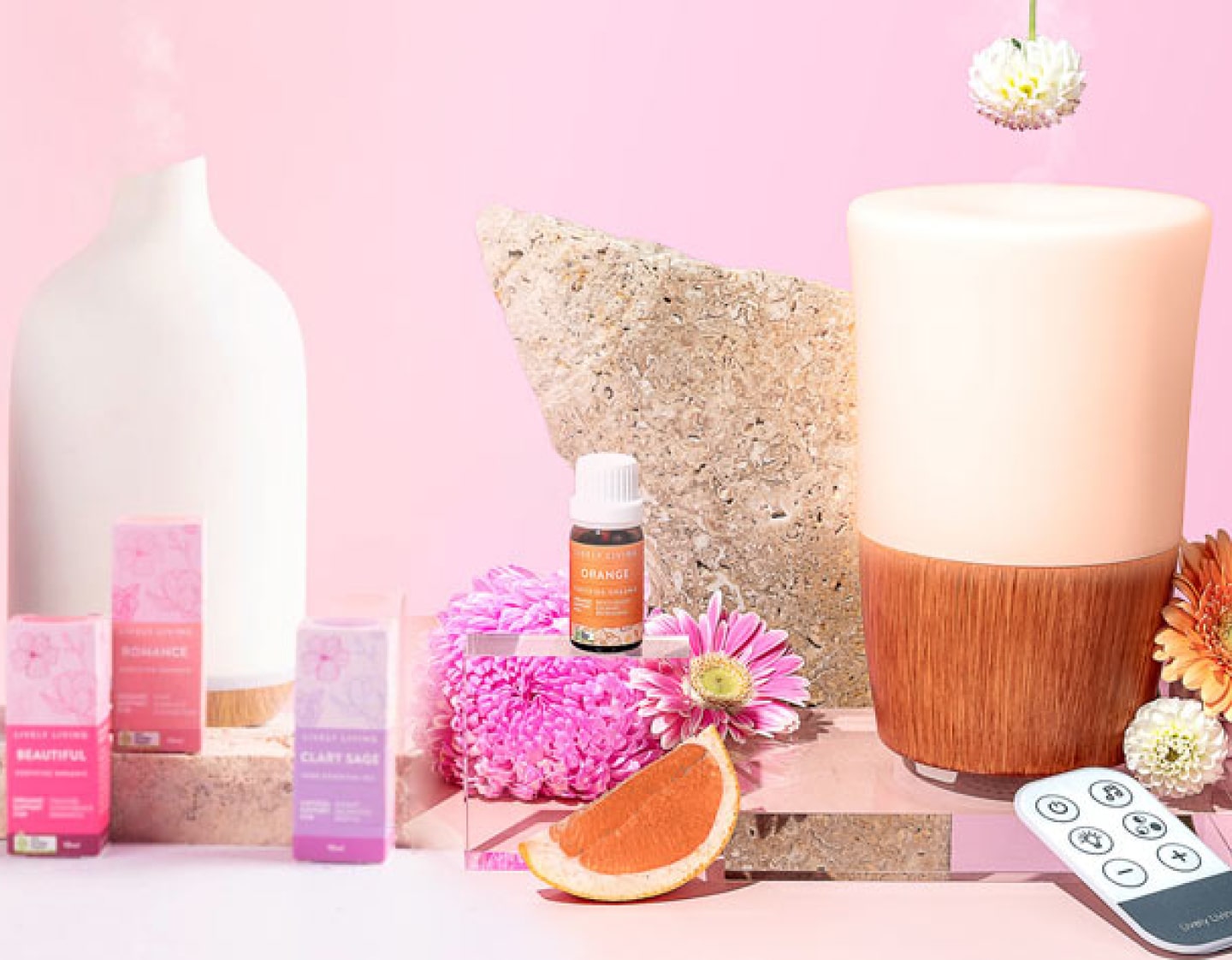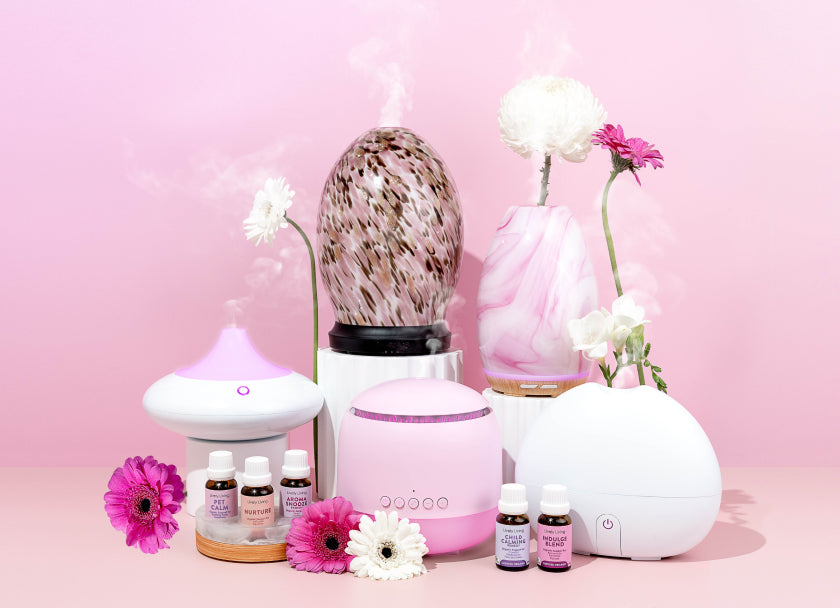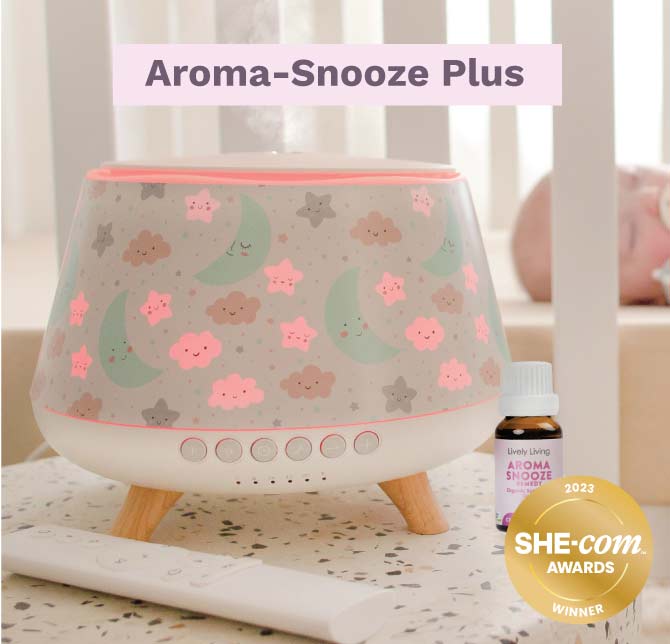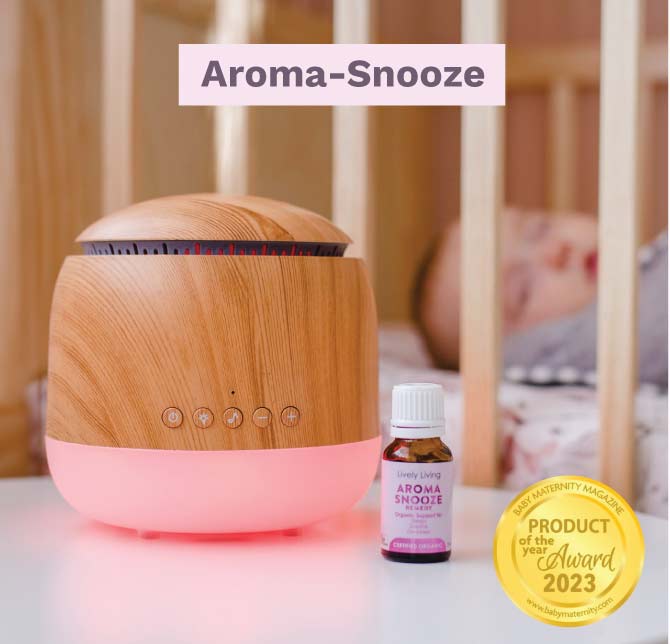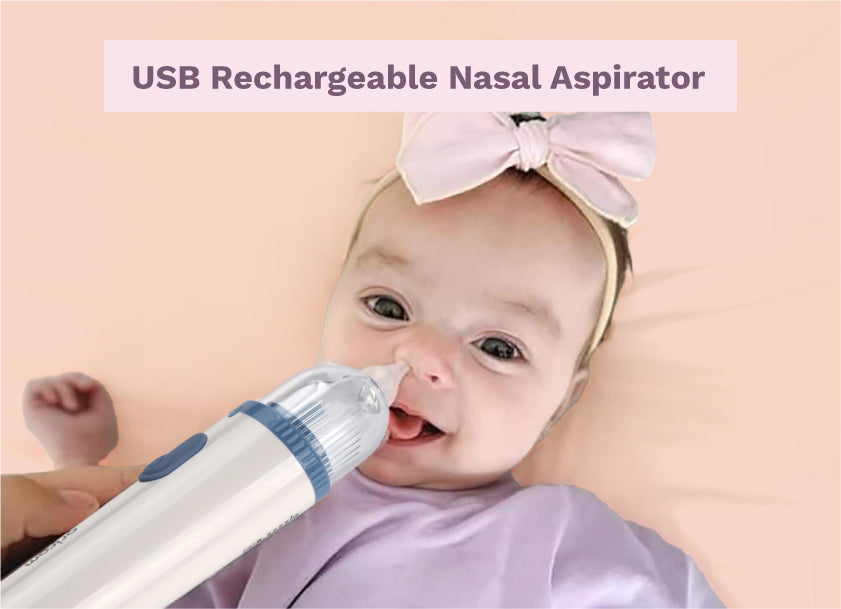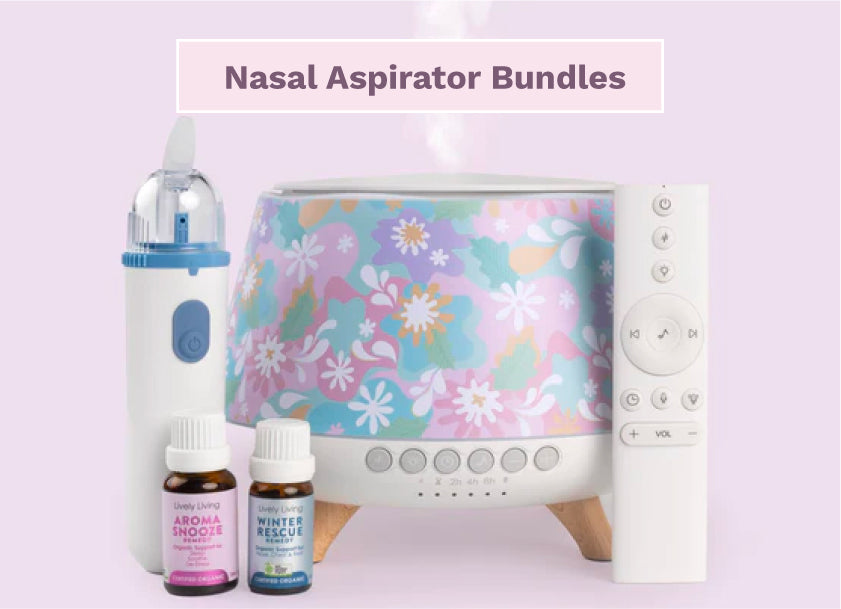The Benefits of Saline Solutions for Nasal Health Explained
Feeling that stuffy, blocked-up nose again? It is a frustration so many of us know all too well. You might be wondering if there is a simple, gentle way to get some relief. Many people find great comfort by understanding The Benefits of Saline Solutions for Nasal Health. This natural approach can make a big difference in how you breathe and feel. You will learn how something as basic as salt and water can be a powerful friend to your sinuses, helping you tackle congestion and breathe easier, ultimately aiding in your ability to take a deep breath. So, let us explore the amazing advantages and The Benefits of Saline Solutions for Nasal Health.
Table Of Contents:
- Understanding Nasal Congestion and Its Culprits
- What Exactly is a Saline Solution?
- The Science Behind How Saline Helps
- Exploring The Benefits of Saline Solutions for Nasal Health
- Help with Sinus Infections (Sinusitis)
- Different Ways to Use Saline Solutions
- Tips for Safe and Effective Nasal Rinsing
- Are There Any Downsides or Side Effects?
- Saline Solutions and Essential Oils: A Note of Caution
- Conclusion
Understanding Nasal Congestion and Its Culprits
That annoying feeling of a blocked nose is called nasal congestion. It happens when the tissues inside your nose, the delicate nasal passages, swell up. Sometimes, there is also a lot of mucus contributing to the feeling of being completely blocked.
Many things can cause this discomfort. Colds and the flu are very common reasons for upper respiratory issues. Allergies to things like pollen, dust, or pets can also make your nose stuffy and lead to sinus issues. Sometimes, a sinus infection, called sinusitis, is the problem, which can develop into chronic sinus issues if not managed.
When your nose is blocked, it can mess up your day and affect your quality of life. You might find it hard to breathe comfortably through your nasal passages clear of obstruction. Sleep can be difficult when you cannot get enough air through your nose, making daily nasal struggles more prominent.
What Exactly is a Saline Solution?
So, what is this saline solution we are talking about? It is really just a simple mix of salt and water, often referred to as nasal saline. But it is not just any salt and water; the salt concentration is important for it to work best and feel comfortable when used as a nasal wash.
There are mainly two types of saline nasal sprays and rinses. Isotonic saline has a salt concentration similar to your body's fluids, making it very gentle for daily nasal use. Hypertonic saline has a bit more salt, and this higher concentration can be more effective at drawing fluid out of swollen nasal tissues, helping to clear mucus. Your health care provider might suggest one type over another based on your specific treatment options and needs.
You might wonder why you cannot just use plain water. Plain water can actually cause mild irritation to your nasal passages because its tonicity is different from your body's tissues. The salt in saline helps make it gentle and more effective, which is why using a properly formulated saline nasal product is recommended. Using water that is not properly prepared can also be risky; it is very important to use distilled water, sterile water, or water that has been boiled and cooled (distilled boiled water is ideal) to prevent serious respiratory infections. Many people experience burning if the solution isn't balanced or if plain tap water is used.
The Science Behind How Saline Helps
How does this simple salt and water mix actually help your nose? It works in a few smart ways to provide relief. First, it adds moisture to dry nasal passages, which can be a huge help, especially in dry air or during winter months when indoor heating depletes humidity.
Saline also helps to thin out thick, sticky mucus. When mucus is thinner, it is easier for your body to clear it out naturally. Think of it like trying to pour honey versus pouring water; thinner mucus moves more freely, making it easier to gently blow your nose and achieve clear passages.
A really big job of saline is washing things away from the upper respiratory tract. It can rinse out allergens like pollen or dust that are bothering you and triggering allergy asthma symptoms. It can also help wash away irritants, bacteria, and virus particles, which is key to prevent sinus troubles. This cleaning action is a fundamental reason it is so helpful. Furthermore, saline, particularly hypertonic saline, can help reduce swelling and inflammation in your nasal tissues by creating an osmotic gradient that draws excess fluid out. This helps open up your airways, making it easier to breathe. Your nose has tiny hair-like structures called cilia; these cilia work to sweep mucus and debris out of your nasal passages. Saline solutions can help these cilia work more effectively by keeping them hydrated and the mucus layer thin enough to be moved, ensuring your nasal passages clear properly.
Exploring The Benefits of Saline Solutions for Nasal Health
Now that we know what saline is and how it works, let us look closer at The Benefits of Saline Solutions for Nasal Health. There are quite a few ways it can make your breathing life better. Many people find it a go-to for various nasal issues, from acute congestion to managing chronic sinus conditions.
Relief from Cold and Flu Symptoms
Got a cold or the flu? That stuffy, runny nose is no fun and can quickly lead to more severe upper respiratory conditions if not managed. Saline, often in the form of a saline nasal spray or rinse, can bring some welcome relief. By thinning mucus, it helps reduce that awful stuffiness, allowing you to breathe more comfortably.
It can also ease post-nasal drip, which occurs when mucus drips down the back of your throat, causing irritation and coughing. Rinsing with saline can help clear that mucus before it causes problems, potentially reducing the duration or severity of these symptoms. This simple intervention can make a significant difference in your comfort levels while your body fights off the infection.
Alleviating Allergy Suffering
If allergies are your enemy, saline can be a good friend, helping to keep nasal passages clear. Think of all those tiny pollen grains, dust mites, or pet dander particles. They get trapped in your nasal passages and trigger your allergy symptoms, which can include sneezing, itching, and a blocked or runny nose.
A saline rinse or nasal wash can physically wash these allergens out. This means less irritation and fewer symptoms. Some people find they can use less allergy medicine when they regularly use saline; it is a natural way to get some control over your allergy triggers and a useful component of treatment options for allergy asthma sufferers. Organizations like the American Academy of Allergy, Asthma & Immunology often provide patient resources that discuss such adjunctive therapies.
Help with Sinus Infections (Sinusitis)
Sinus infections, or sinusitis, happen when your sinuses get inflamed and infected, often leading to significant sinus issues. This frequently means a lot of thick, trapped mucus and painful pressure. Saline irrigation, including the use of hypertonic saline solutions, can be very helpful here by promoting drainage.
It helps clear out that infected mucus and pus, which can relieve pressure and pain associated with both acute and chronic sinus conditions. Doctors often recommend saline rinses as part of the treatment for sinus infections, sometimes alongside other medicines if needed, to help prevent sinus complications. For those with chronic sinus issues, daily nasal rinsing can be a cornerstone of management.
Improving Breathing and Sleep
It is hard to feel good when you cannot breathe easily. Nasal congestion often makes breathing through your nose difficult. This is especially true at night, leading to poor sleep, snoring, and daytime fatigue.
Using a saline solution, particularly before bed, can clear your nasal passages. This helps you breathe more freely through your nose, which is healthier than mouth breathing. Better breathing often means better sleep, and waking up feeling more refreshed and ready to take a deep breath.
Post-Nasal Surgery Care
If you have had nasal or sinus surgery, your doctor will likely recommend saline rinses as part of your recovery. After surgery, your delicate nasal passages can be sensitive and prone to crusting. Saline helps to gently clean the area and promote healing.
It removes dried blood and mucus, which is crucial for healing and preventing infection. It also keeps the tissues moist, which can reduce discomfort. Always follow instructions from your surgeon meticulously for post-operative care, as the specifics can vary.
Preventative Care
Can saline help prevent problems in the first place? For some people, yes, it can be a great tool for daily nasal hygiene. Regular, gentle saline rinsing can help keep nasal passages clean and healthy, potentially reducing the frequency of respiratory infections.
By washing out irritants and potential pathogens, you might reduce your chances of getting colds or sinus infections. Think of it as good hygiene for your nose. This is especially helpful if you are often exposed to dust, pollution, or work in environments with poor air quality. It's a simple step to prevent sinus trouble before it starts.
Safe for Most People, Including Children and Pregnant Women
One of the great things about saline solutions is their safety profile. Because it is just salt and water in appropriate concentrations, it is generally safe for most people. This includes children and pregnant women who might need to be cautious about medications; indeed, it's safe for them under proper guidance.
Of course, it is always best to talk with a doctor if you are unsure or have any concerns. This is especially true for very young children or if you have specific health conditions. They can provide guidance adapted to you and confirm if daily nasal rinsing is appropriate.
Different Ways to Use Saline Solutions
There is not just one way to get saline into your nose. You have a few options, ranging from simple sprays to more thorough nasal rinses. Each has its own pros and cons, so you can pick what works best for you and your specific nasal health needs.
Nasal Sprays
Saline nasal sprays are very common and readily available. You can find them in most pharmacies. They come in a small bottle with a nozzle that mists the saline nasal solution into your nose.
The good thing about sprays is they are convenient and easy to use, providing quick moisture. They are great for a quick bit of moisture or mild congestion and can be used several times a day. However, they may not give as thorough a rinse as other methods for more severe congestion or to clear mucus that is thick and stubborn.
Nasal Drops
Nasal drops are another simple option. These usually come in a small dropper bottle. You tilt your head back and apply a few drops into each nostril.
Drops are often recommended for infants and very young children because they are gentle and easy to administer. Like sprays, they are good for moisturizing dry nasal passages and providing mild relief from congestion. They are less about flushing and more about soothing.
Nasal Irrigation Systems
For a more thorough cleaning and to effectively clear mucus, you might consider nasal irrigation systems, sometimes called a nasal wash. This involves washing your nasal passages with a larger volume of saline solution. There are a few devices for this, including the popular nasal rinse bottle.
Neti pots are a classic choice. They look like small teapots with a long spout. You fill the pot with saline, tilt your head to the side over a sink, and pour the solution into one nostril. It flows through your nasal cavity and out the other nostril, using gravity to gently flush the passages.
Squeeze bottles are another common irrigation device. You fill the bottle, insert the tip into your nostril, and gently squeeze. This provides a gentle, controlled stream of saline through your nasal passages. Many people find these easier to use than neti pots and they can provide a more vigorous flush if needed.
Bulb syringes can also be used, especially for infants, though some adults find them useful for a gentler rinse. You squeeze the bulb to draw up saline, then gently squirt it into the nostril. It's important to follow instructions for use carefully with any irrigation device.
Here is a simple comparison of common saline delivery methods:
Making Your Own Saline Solution
You can buy pre-made saline solutions or packets to mix with water, which many find convenient. Or, you can make your own saline nasal solution at home. It is quite simple. A common recipe is to mix about 1 cup (8 ounces) of distilled boiled water or previously boiled and cooled filtered water with 1/4 to 1/2 teaspoon of non-iodized salt. Some people also add a pinch of baking soda (about 1/4 teaspoon) to make it more gentle, but this is optional.
It is super important to use pure salt (like canning, pickling, or USP grade salt) for your nasal saline. Iodized table salt can be irritating and may contain other additives. And again, the water must be safe: always use distilled water, sterile water, or boiled water that has been boiled for 3-5 minutes and then cooled to lukewarm. Using tap water directly from the faucet for nasal rinsing is not recommended by health care professionals or organizations like the FDA due to the risk of serious infections from organisms like Naegleria fowleri. Using purified water is paramount for safety.
Tips for Safe and Effective Nasal Rinsing
To get the most out of saline rinsing and to do it safely, keep these tips in mind. They can make your experience much better and help avoid any potential issues. Following proper technique will ensure your nasal passages clear effectively.
The water you use is number one. Always use distilled water, sterile water, or water that has been boiled for 3-5 minutes and then cooled to lukewarm. This kills any harmful organisms that could be present. Never use water straight from your tap for your nasal rinse bottle unless it has been specifically filtered with a filter designed to remove such organisms (like a 1-micron absolute filter) and you are certain it is safe. If you're unsure, stick to distilled boiled options.
Clean your device properly after every use. Wash your neti pot, squeeze bottle, or syringe with soap and warm, safe water. Rinse it thoroughly and let it air dry completely on a clean paper towel. Some devices can even be washed in a dishwasher; check the manufacturer's instructions. This prevents bacteria or mold from growing on it.
Do not share your nasal rinsing device with anyone else. Just like a toothbrush, it is a personal item. Sharing can spread germs. Everyone in the family who rinses should have their own device. Make sure to gently blow your nose after rinsing to expel any remaining solution and mucus.
Use the right technique. If you are using a neti pot or squeeze bottle, tilt your head to the side over a sink. Breathe through your mouth, not your nose, while the solution is flowing. This helps prevent the water from going down your throat or into your ears. It might feel a bit strange at first, but you will get used to it. Aim the stream towards the back of your head, not the top.
Listen to your body. If rinsing causes pain or significant discomfort, stop and check your technique or the solution. Maybe the water is too hot or too cold, or the salt concentration is not right, causing you to experience burning. Adjust as needed. And if symptoms get worse or do not improve after a week or so of regular use, it is time to see a doctor or other health care provider. They can check if there is something else going on, such as an underlying infection requiring different treatment options.
Are There Any Downsides or Side Effects?
Saline solutions are generally very safe for most people when used correctly; it's safe daily for many. That is one of their biggest pluses. But, like anything, there can be a few minor things to be aware of.
Sometimes, you might feel a slight stinging or burning sensation in your nose, a form of mild irritation. This can happen if the solution has too much or too little salt, or if the water is too cold or too hot. It can also occur if your delicate nasal passages are already very inflamed. Adjusting the salt concentration, ensuring the water is lukewarm, or using it more gently usually helps. If you just started, your nose might need a few days to get used to it; many people experience this initially.
The most serious, though very rare, risk is infection from amoebas like Naegleria fowleri. This typically only happens if you use contaminated water, like unboiled tap water or improperly filtered water, to make your saline solution or to rinse your device. This is why using safe water practices—distilled, sterile, or previously boiled water—is so critically important. Health organizations globally stress this due to the severe and often fatal nature of such infections.
Occasionally, some solution might go into your Eustachian tubes, which connect your middle ear to the back of your nose. This can cause a feeling of fullness or discomfort in your ears. Proper head positioning, avoiding forceful rinsing, and gently blowing your nose after rinsing can usually prevent this. If ear discomfort persists, consult your doctor.
Saline Solutions and Essential Oils: A Note of Caution
Since you are interested in natural well-being, you might wonder about adding essential oils to your saline rinse. This is something to approach with extreme caution. While essential oils have many uses, putting them directly into your nasal passages with a saline rinse is generally not recommended by medical professionals or institutions like UCLA Health for general nasal care.
The delicate nasal lining is very sensitive. Many essential oils, even when diluted, can be too strong and cause irritation, inflammation, or even chemical burns to these tissues. Some oils can also trigger allergic reactions or worsen allergy asthma symptoms in certain individuals when used this way.
If you enjoy the aroma of essential oils for respiratory comfort, it is usually safer to diffuse them into the air. Or you can use steam inhalation with a few drops in a bowl of hot water (being careful not to get too close to the steam and ensuring the chosen oil is safe for inhalation). For direct nasal rinsing, it is best to stick with a plain saline solution or products specifically formulated and approved as safe for nasal use. Always check with your health care provider before adding anything extra to your nasal rinse routine; this is not a substitute for advice from a professional who has medically reviewed your specific case.
Conclusion
Well, there you have it. Saline solutions offer a simple, natural, and effective way to care for your nasal health and manage various upper respiratory conditions. From easing cold and allergy symptoms to helping you manage chronic sinus issues and breathe better daily, the advantages are clear. Understanding The Benefits of Saline Solutions for Nasal Health can really change how you deal with stuffiness and achieve clear mucus passages.
By using them correctly and safely, following instructions for preparation and device cleaning, you can enjoy clearer sinuses and more comfortable breathing. It's a gentle approach that supports your body's natural ability to stay healthy, keeping those passages clear. Remember, while generally very safe, if you're unsure about any aspect of saline rinsing or if your symptoms persist, consulting a health care professional is always the best course of action.

